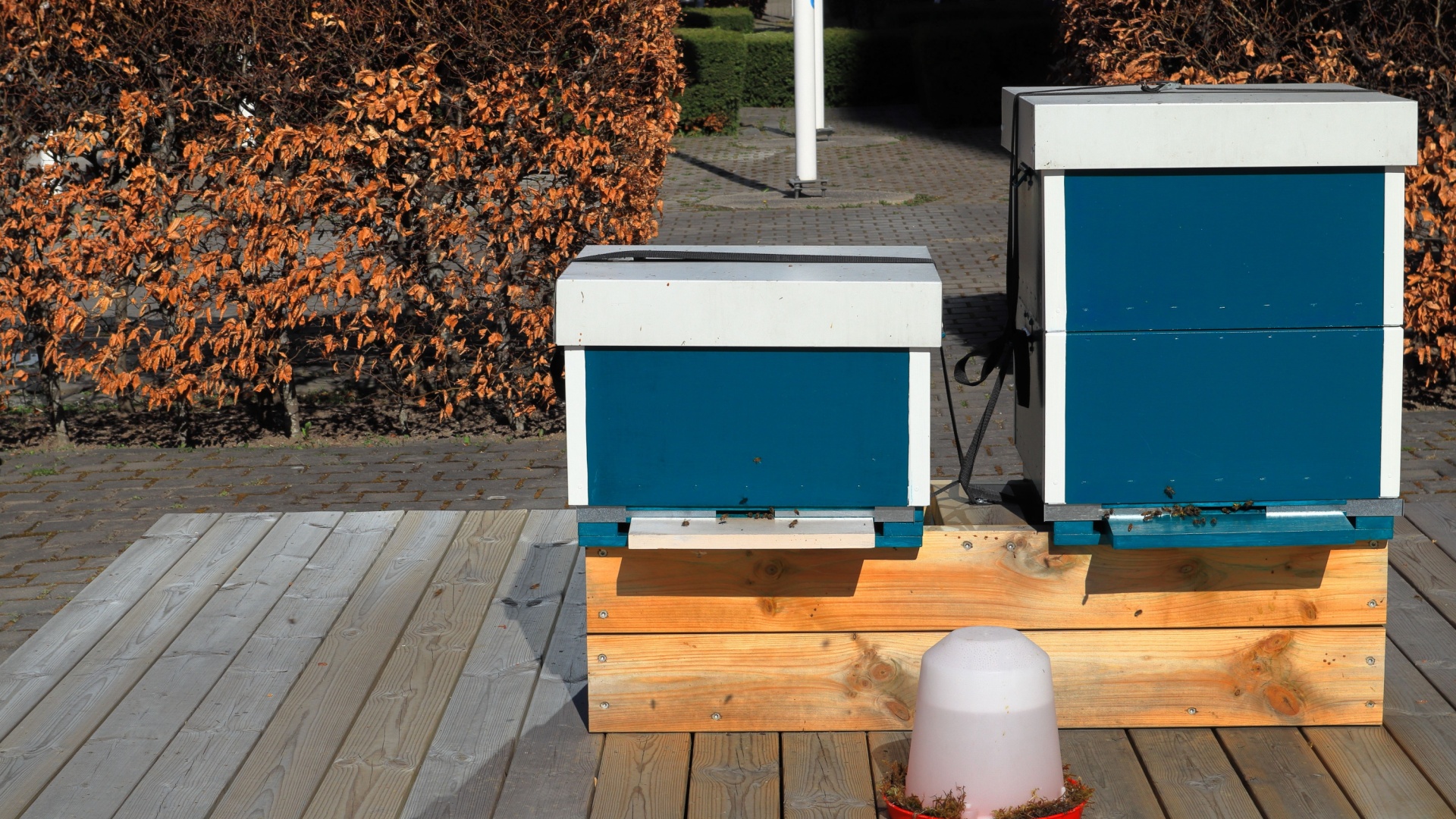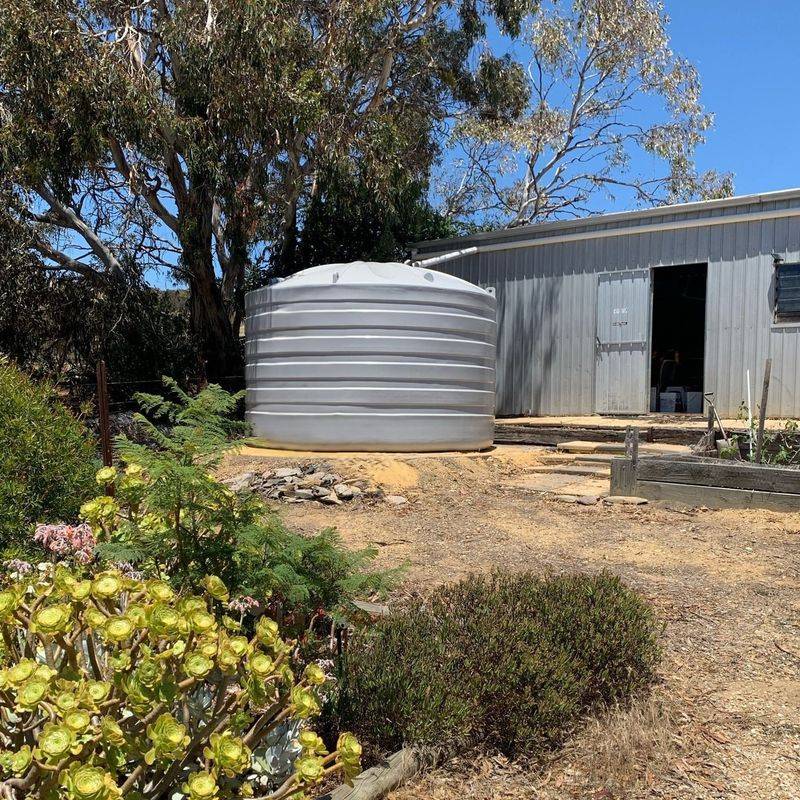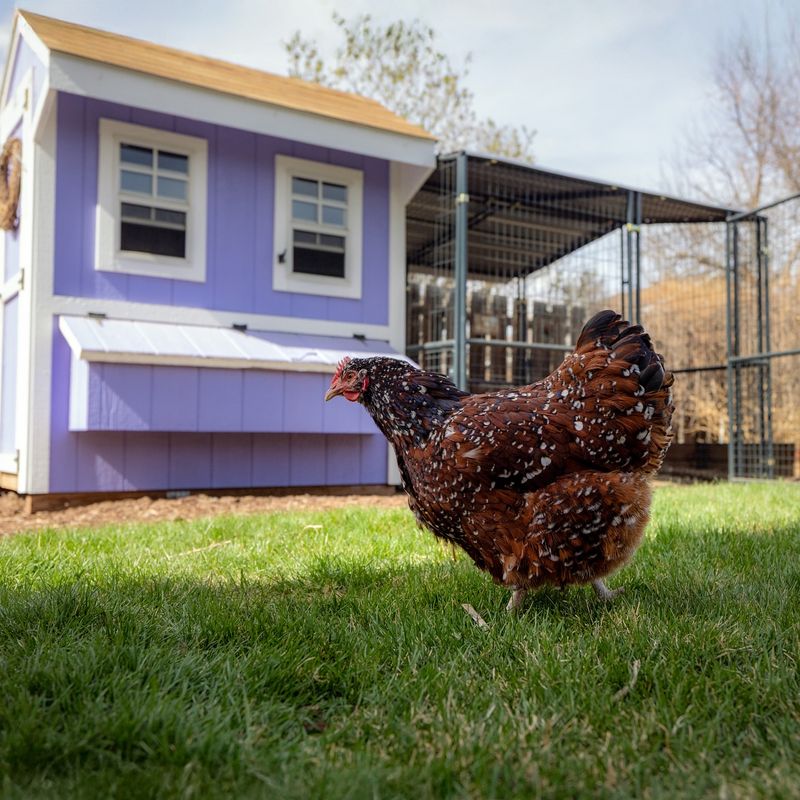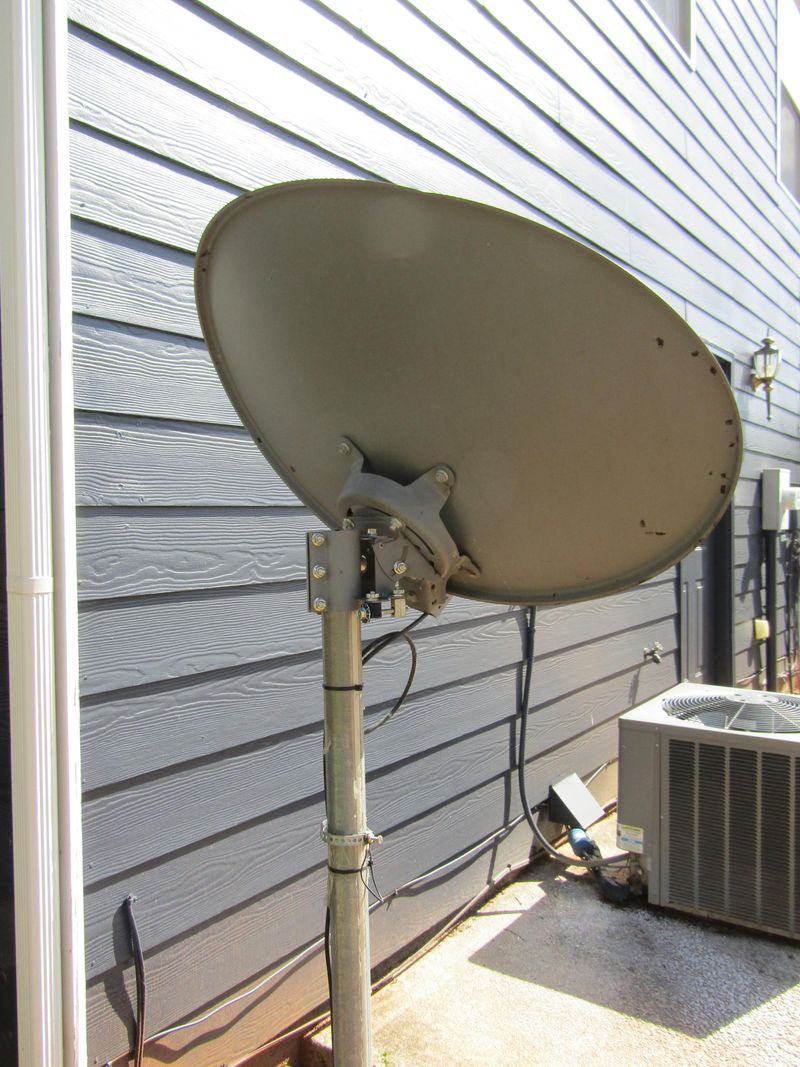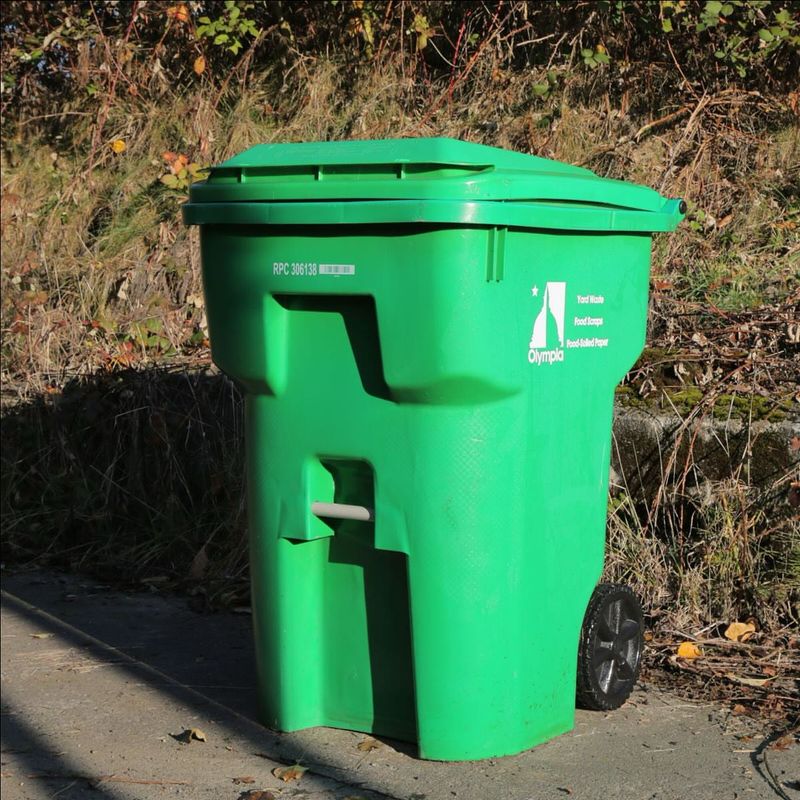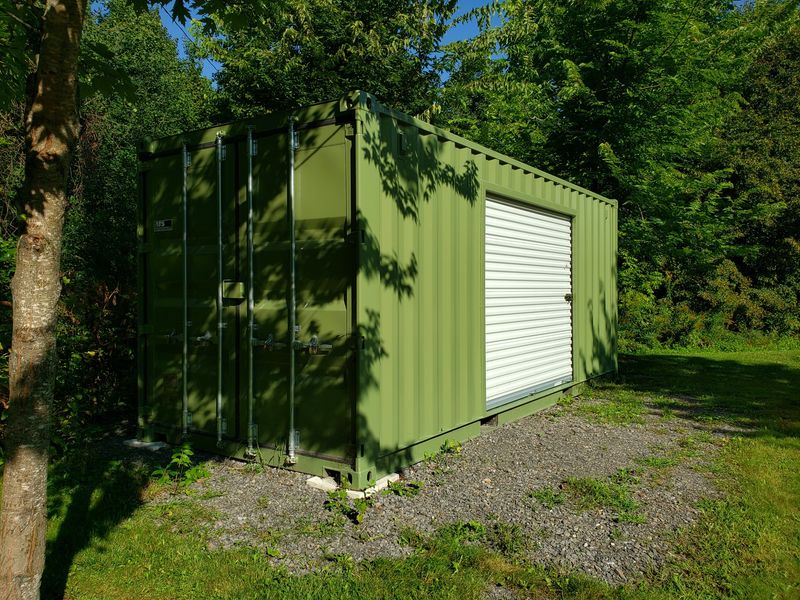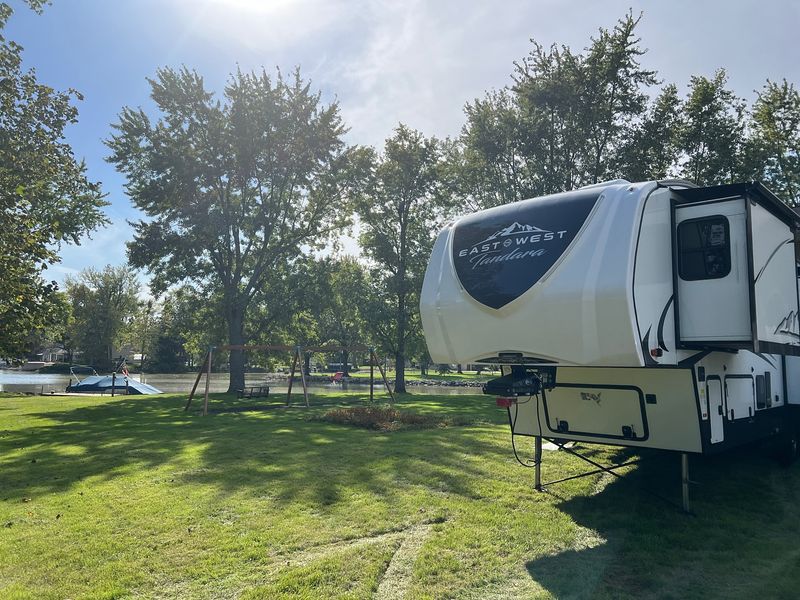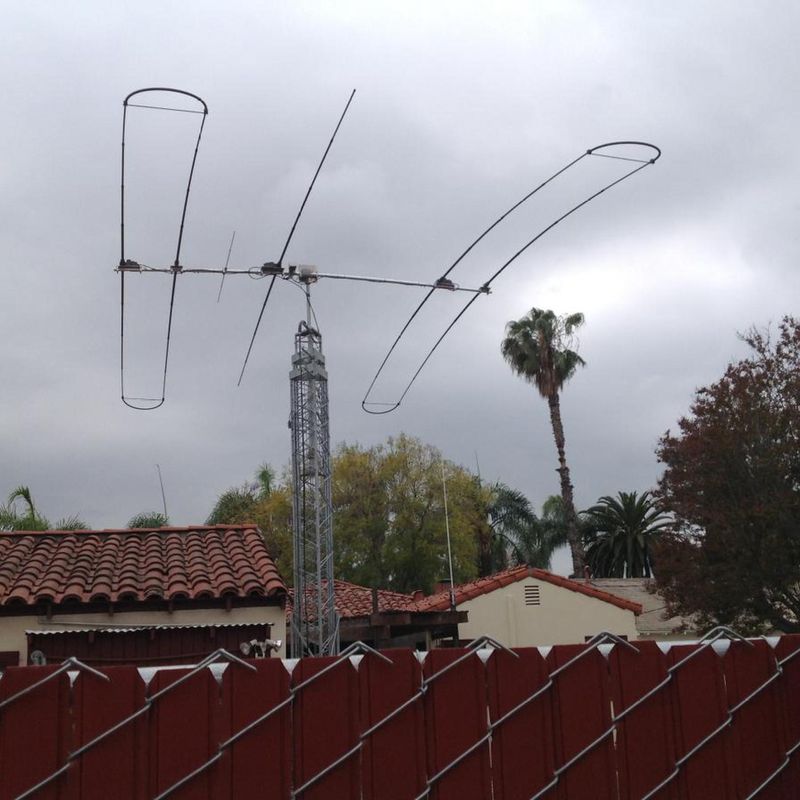Your California backyard might be hiding legal risks you never knew about. Many items—from certain shed styles or water features to specific plants or fences—require permits under state or local codes. What seems harmless could trigger citations, delays, or forced removal.
Choosing compliant options protects your wallet and peace of mind.
1. Wild or Exotic Animals
Lions, tigers, and bears aren’t just characters from The Wizard of Oz—they’re animals that Californians sometimes try to keep as pets. The state strictly prohibits owning exotic wildlife without proper permits from the Department of Fish and Wildlife.
Even seemingly harmless creatures like raccoons or deer fall under these regulations. The rules exist because wild animals can spread diseases, harm native ecosystems, or pose dangers to neighborhoods.
2. Large Water Storage Tanks
Rain barrels are fine, but installing massive water storage tanks requires official approval. California’s water conservation efforts encourage responsible collection, yet large tanks pose safety and structural concerns.
Most municipalities require permits for tanks exceeding certain capacities—typically around 5,000 gallons. Engineers must verify your property can support the weight, and inspectors need to ensure proper installation to prevent leaks or collapses.
3. Beehives in Urban Areas
Backyard beekeeping has surged in popularity, but urban beekeepers need proper authorization in most California cities. Local ordinances typically dictate how many hives you can maintain and their required distance from property lines.
The rules protect neighbors who might have allergies and prevent overcrowding that could lead to aggressive bee behavior. Many cities require beekeeping classes before issuing permits, ensuring you understand proper management techniques and swarm prevention.
4. Chickens Beyond Allowed Limits
Raising chickens has become a suburban trend, but most California cities cap the number you can keep without special permission. Typical limits range from 3-6 hens, with roosters often completely prohibited due to noise concerns.
Exceeding these numbers requires agricultural or specialty permits. Regulations also specify coop placement—usually a minimum distance from neighboring properties—and maintenance standards to prevent odor and pest problems that could affect your community.
5. Large Satellite Dishes
Small satellite dishes for TV reception usually don’t need approval, but massive commercial-grade equipment is another story. Dishes exceeding certain dimensions—typically over 39 inches—require permits in most California jurisdictions.
The regulations address aesthetic concerns, potential property value impacts, and safety issues. Large dishes must meet wind-resistance standards and proper mounting requirements. Homeowners associations often have additional restrictions beyond municipal codes.
6. Extensive Solar Panel Arrays
California encourages solar power, but substantial ground-mounted solar arrays need proper authorization. While roof installations typically have streamlined approvals, yard-based systems face more scrutiny.
Ground arrays exceeding certain sizes require electrical permits, structural evaluations, and sometimes zoning variances. The regulations ensure proper installation, address potential glare affecting neighbors, and verify appropriate setbacks from property lines.
7. Miniature Livestock
Pygmy goats and miniature pigs have become trendy pets, but they’re still classified as livestock in most California municipalities. Many cities prohibit them entirely in residential zones unless you obtain special agricultural permits.
Even with permits, restrictions apply to the number of animals, required space per animal, and proper sheltering. Health department approvals may also be necessary, along with waste management plans to prevent environmental contamination or odor problems affecting neighboring properties.
8. Extensive Composting Operations
Small backyard composting bins are encouraged, but large-scale operations that process significant amounts of waste material require permits. California’s environmental regulations distinguish between personal composting and commercial-level operations.
The rules prevent inappropriate materials from entering the compost stream and address potential runoff concerns. Large composting facilities must implement odor control measures and may need waste handling permits from county health departments, especially if accepting materials from outside your household.
9. Certain Types of Fruit Trees
Surprisingly, some fruit trees can’t be planted without agricultural permits in certain California counties. Citrus trees face restrictions in areas battling citrus diseases, while fruit trees that host agricultural pests may be regulated.
The rules protect California’s vital agricultural industry from devastating outbreaks. Counties with commercial orchards are particularly strict, requiring documentation for certain species and mandatory treatments. Some municipalities also restrict trees that produce excessive fruit drop that could attract rodents.
10. Shipping Containers
The trend of repurposing shipping containers as storage or living spaces requires proper authorization in California. Most municipalities classify them as accessory structures requiring building permits, zoning approvals, and sometimes design reviews.
Regulations address safety concerns like proper anchoring and structural modifications. Many cities have aesthetic requirements to ensure containers blend with neighborhood character. Some areas prohibit them entirely in residential zones unless extensively modified to resemble traditional structures.
11. Recreational Vehicles as Living Spaces
Parking your RV in the driveway is usually fine, but using it as a permanent living space requires permits. California’s housing regulations strictly control when and how RVs can serve as dwellings, even on private property.
Most jurisdictions prohibit full-time RV living without temporary occupancy permits, which typically have time limits. The rules address safety concerns, sanitation issues, and zoning requirements. Some areas allow extended RV living during home construction or as caregiver accommodations with proper documentation.
12. Large-Scale Aquaponics Systems
Small aquaponics setups for personal use typically don’t need permits, but extensive systems combining fish farming with plant cultivation require authorization. Large water volumes and electrical components trigger building, plumbing, and electrical permit requirements.
Commercial-scale operations face additional scrutiny from health departments regarding food safety. Environmental agencies may review water discharge plans. Many California municipalities have specific regulations addressing aquaponics and hydroponics, particularly for systems visible from neighboring properties.
13. Certain Invasive Plant Species
California strictly regulates numerous plant species that threaten native ecosystems. Growing restricted plants like pampas grass or certain ivy varieties without permits violates state environmental protection laws.
The California Invasive Plant Council maintains a comprehensive list of problematic species. Permits for restricted plants are rarely granted for residential properties, typically requiring scientific or educational justifications. Violations can result in removal orders and significant fines aimed at protecting California’s unique biodiversity.
14. Large Fire Pits or Outdoor Ovens
Small portable fire pits usually don’t need permits, but permanent structures or large outdoor ovens require fire department approval in most California communities. The regulations have intensified with increasing wildfire concerns across the state.
Permits ensure proper clearances from structures and vegetation. Some jurisdictions completely prohibit open flames during high fire danger periods. Applications typically require detailed site plans showing safety measures and compliance with California’s stringent fire codes.
15. Amateur Radio Towers
Ham radio enthusiasts need permits for antenna towers exceeding certain heights in California residential areas. While federal law protects amateur radio operations, local jurisdictions still regulate structural safety and visual impact.
Most municipalities require building permits for towers over specific heights—typically 30-50 feet. The approval process often includes structural engineering certification and neighbor notifications. Some areas mandate setbacks from property lines equal to the tower’s height to prevent damage to neighboring properties if the structure fails.

